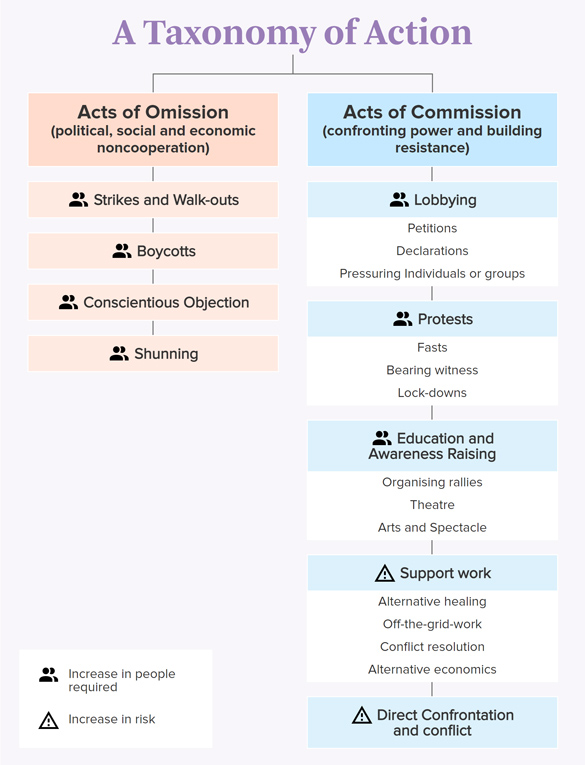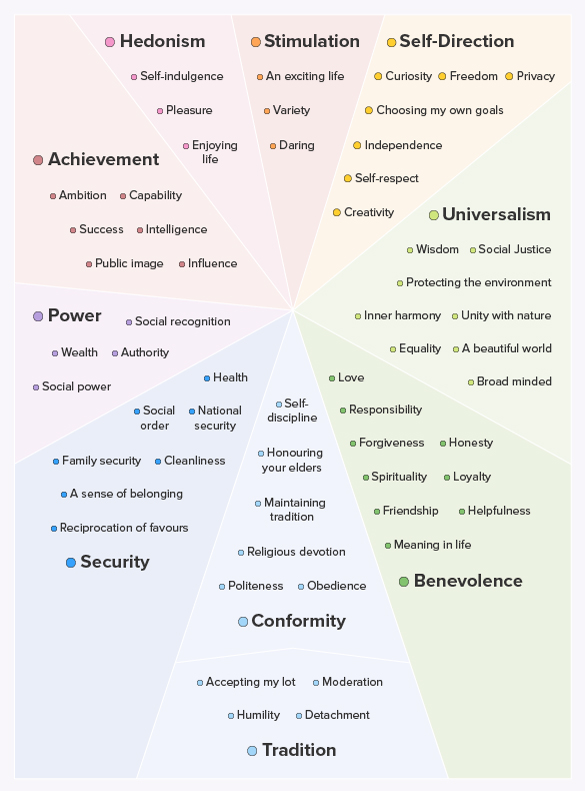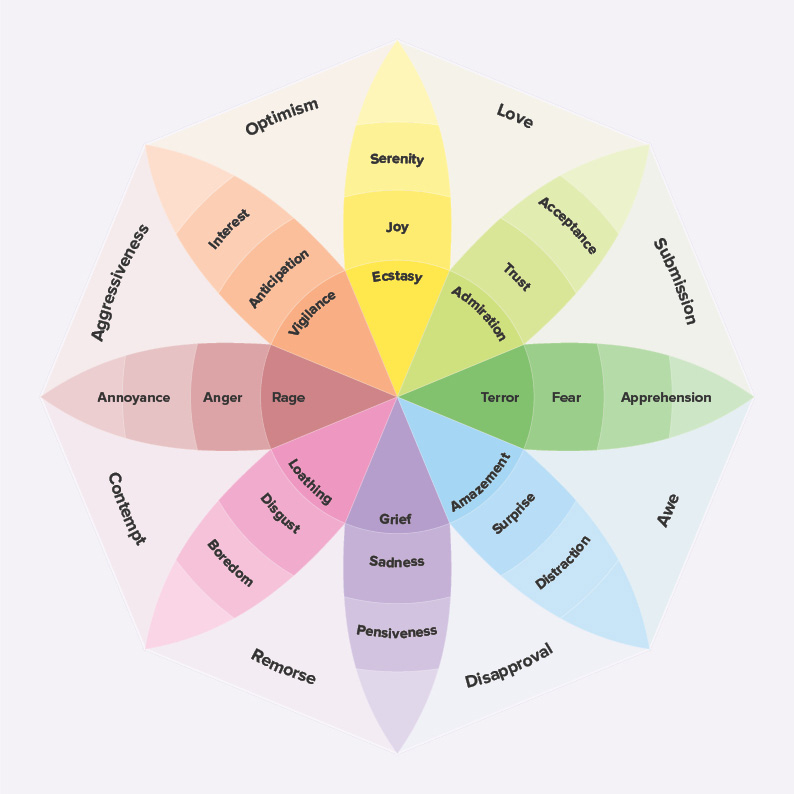Exploring people’s views, values and actions with reference to the head, heart, and hand helps students build a well-rounded picture of what someone thinks, why they think it, and an understanding of their action(s).
1. Views and actions
- Identifying people's views:
Not only in the Social Sciences but in life generally, it is important to understand other people’s views. Other words we can use for view are: opinion, point of view, or viewpoint.
When looking for someone’s view follow these steps:
- Skim the information and look for anything with speech marks around it 'like this'.
- Also look for words like 'said' or 'stated' or 'claimed'.
- Are they talking about the issue?
- If they are then you have found their view.
- Identifying people’s actions
Now you need to find that person’s action. What did they do, what are they doing, or what will they do because of their view?
Sometimes this is easy because the article is about an action, or about something that has happened.
- What if they don’t say what they did?
Remember: speaking to the media is an action. So is forming a group, or complaining to the local council or government, or writing lots of emails.
Resource: Taxonomy of action
You can use the taxonomy of action resource to talk about different actions people can take as well as identify different types of actions. This resource can also help students think about what kind of social action they might take in response to a social issue. Note: for junior students you might want to simplify the Taxonomy by removing (or rewording) some of the more obscure actions.
When analysing people’s actions it is important to consider why someone took that action and not another kind of action.
See taxonomy of action resource (PDF, 126KB)
2. Values
The analogy of an iceberg when thinking about views, values and actions is helpful. Visible things include people’s actions, views and behaviours – what people say and do. Why people say and do things is not so obvious, they remain ‘hidden’ from view. Therefore, it is harder to analyse people’s values.
Resource: Map of human values
The map of human values is based on the work of social psychologist, Shalom H. Schwartz. It is useful for students to start identifying and describing people’s values. The diagram is divided into wedges and it can help students compare and contrast different people’s values. For example,
- People whose values to do with [ ] are often in conflict with people whose values are to do with [ ] because….. You can see this in other examples such as…
- People with a values base of [ ] can sometimes work with people who are more focused on [ ] because….
- It is hard to see these two groups being able to agreeing unless...
People are often a mix of value systems and change between them depending on the issue. This means it’s good to write: 'On this issue X draws on values to do with [ ].'
See map of human values resource (PDF, 270KB)
Resource: Wheel of emotions
To help explain someone’s viewpoint, and why an action was taken, it is useful to consider people’s emotions (the affective domain).
Robert Plutchik’s wheel of emotions can support student discussions, and enhance awareness and understanding of how emotions influence people’s views and actions.
See wheel of emotions resource and related prompting questions (PDF, 184KB)




Community contributions